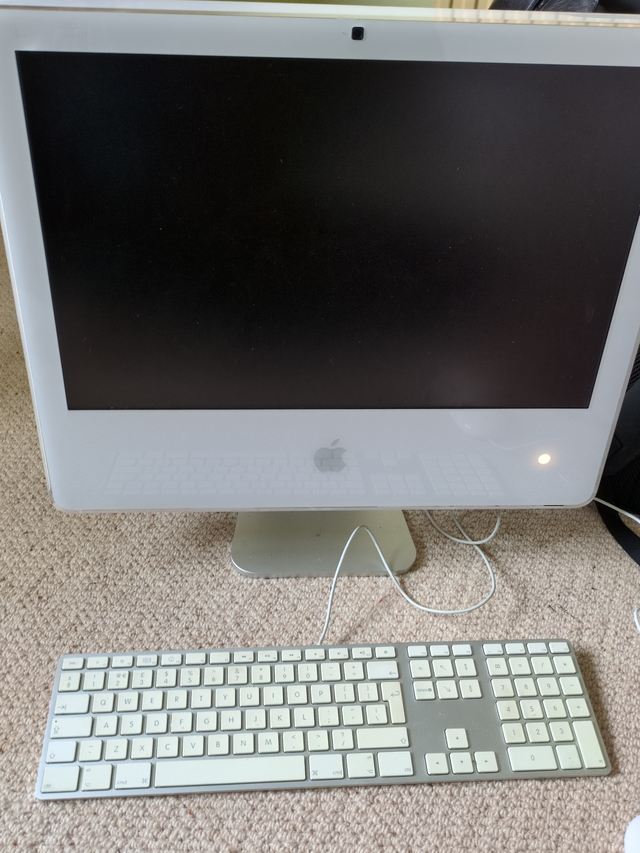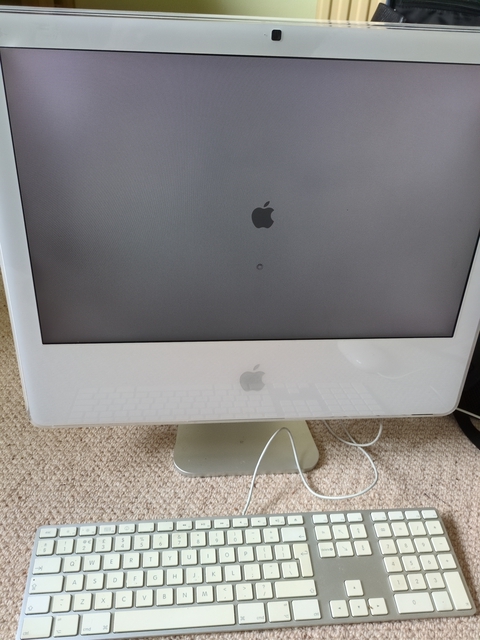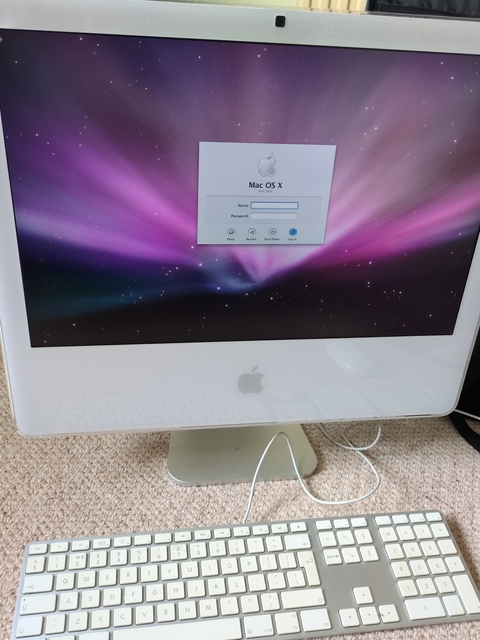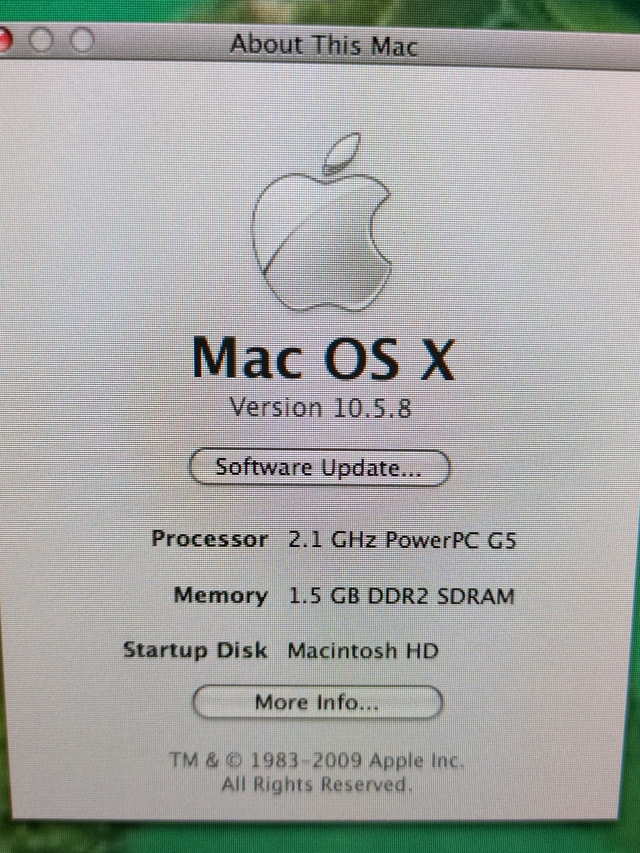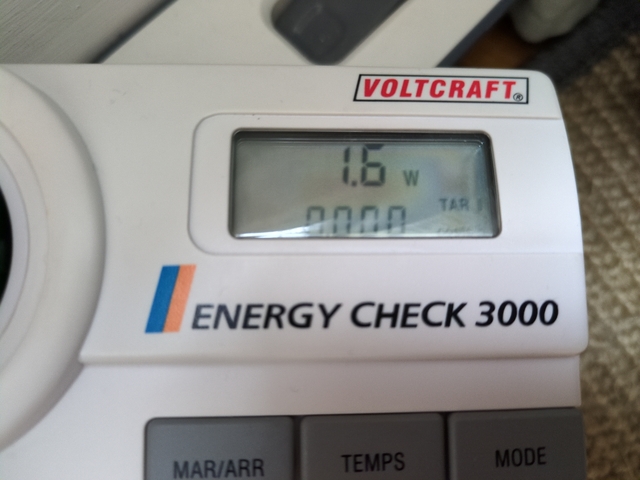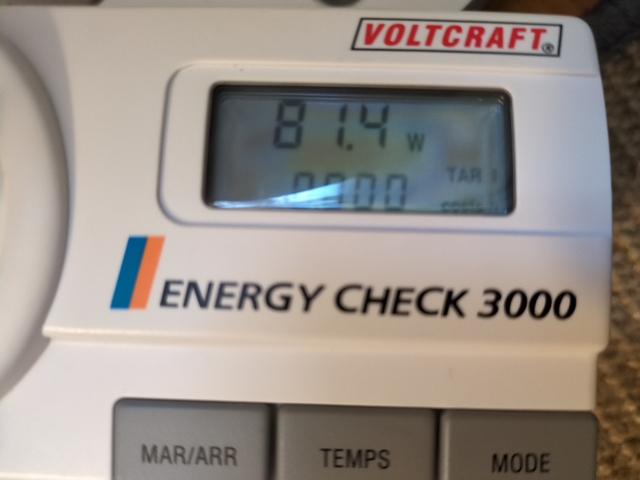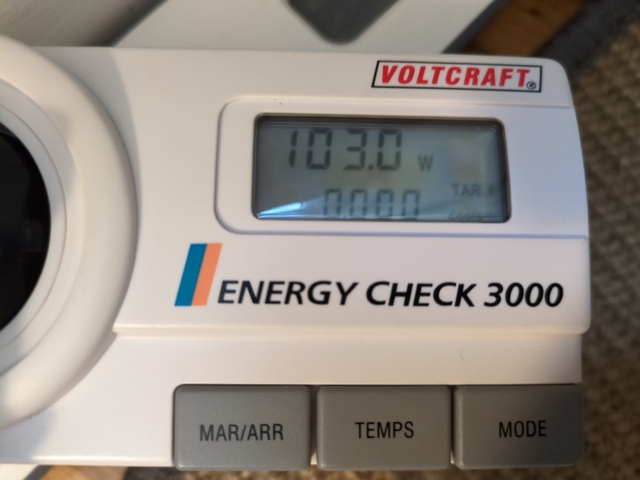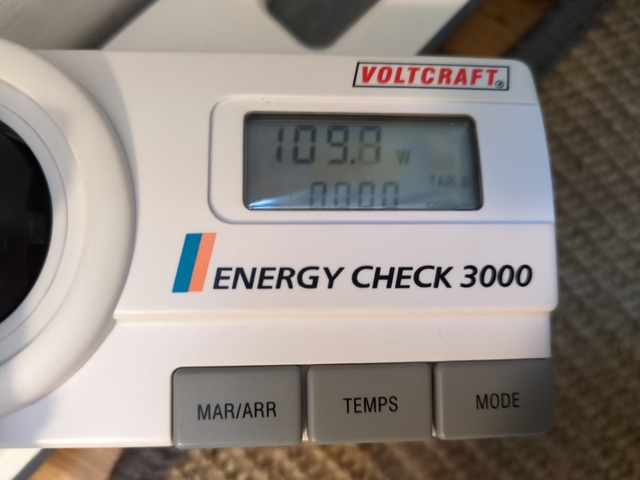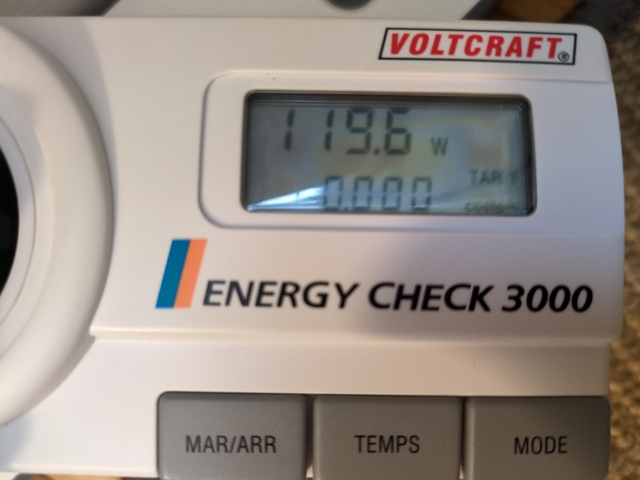Apple iMac G5 — Part 1
In the vintage machines that I have around, there’s an Apple iMac G5 (Model A1145) from October 2005… so released exactly 20 years ago. It’s the latest iMac model with the PowerPC architecture before Apple switched to Intel in January 2006.
And is known as:
- Apple iMac G5 iSight 20”;
- Apple PowerMac12,1;
- A1145;
- MA064.
WTF Apple?
And definitely, it’s the most challenging computer to open/tinker with that I have dealt with so far. Thankfully, iFixit has good tutorials for the iMac G5.
Hardware
The iMac is an all-in-one computer, so the main board, storage, power supply, network interface, CD/DVD drive and display are all included in the same package.
As said, it’s using a PowerPC processor, in fact an IBM PowerPC 970FX running at 2.1 GHz. It supports the 32-bit PowerPC instruction set but also the 64-bit one… which will lead me to some issues later on. The PowerPC is a RISC architecture, but a different one from the Alpha architecture of my AlphaStation.
This iMac has 512 MB of DDR2 SDRAM soldered on the main board and 1 slot available for extension. The biggest supported RAM module being of 2 GB, the total memory this machine can have is 2.5 GB. The model I have has a total of 1.5 GB.
The main board includes an ATI Radeon X600 XT graphics card, with the R300 architecture. There’s a non-standard Mini-VGA port (I didn’t know such things existed, good luck to find a compatible adapter) to plug an external monitor. The monitor is a 20-inch LCD, with a resolution of 1680×1050.
On the storage side, it comes with a 250 GB SATA hard drive (from Western Digital). It also has a CD/DVD drive.
On the network side, it has a Gigabit ethernet interface and Wi-Fi.
And it’s quite heavy (10 kg).
Software
So of course it runs Mac OS X, the most recent version supporting this iMac is Leopard (10.5). And Mac OS X Leopard’s latest version was released in 2009… so that’s not even a lame 5-year support from Apple.
It’s not very useful today. Not being maintained means there are probably plenty of known security vulnerabilities that are not patched. But also applications stopped supporting it too. For instance, the latest version of Firefox running on it is 3.6 and can’t open most of the modern websites because of incompatible encryption ciphers.
Not being an x86 platform, it doesn’t have a “standard” BIOS or UEFI firmware. Instead, it uses Open Firmware.
Does it work?
Yep, it works. No RTC battery issue this time. Mac OS X is running fine, despite being completely outdated. The only issue I can see so far is the screen having some darker areas (visible on a uniform background, like during boot).
Power
One of the reasons Apple abandoned the PowerPC is because of its power management and its inability to go to lower power modes, making it not very suitable for laptops.
Anyway, here are a few measures I took:
- turned off: 1.6 W;
- booting: ~80 W;
- with various loads: 100 to 120 W;
- idle: ~85 W.
Given the variations I have seen, I would say the display consumes 20 to 25 W and the fan(s) between 8 and 10 W. The fans can be quite loud, but I’m not going to try to improve that like I did for the AlphaStation, as the iMac’s fans are regulated and don’t blow at full speed all the time.

